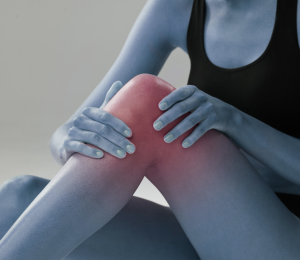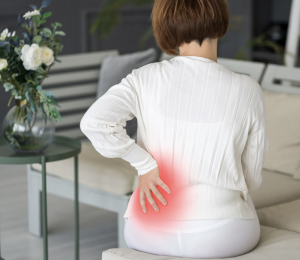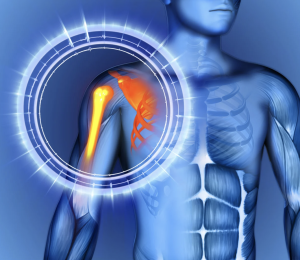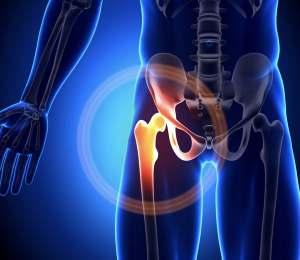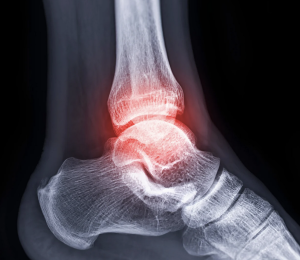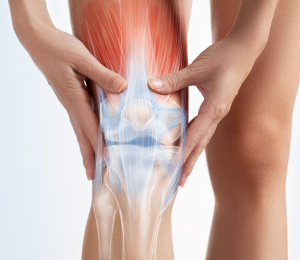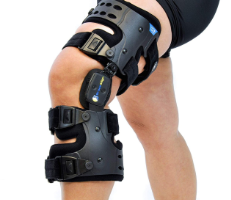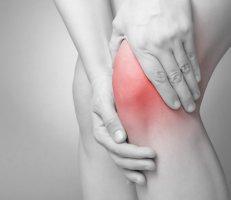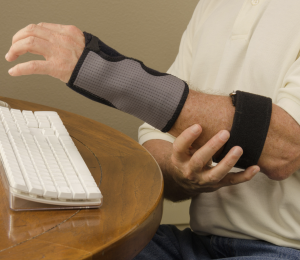What is Chronic Exertional Compartment Syndrome?
Chronic exertional compartment syndrome is a muscle and nerve condition triggered by exercise. This condition causes swelling and pain in your legs that can be severe enough to become debilitating.
While anyone can develop chronic exertional compartment syndrome, athletes are at high risk for the condition due to repetitive impact stress, such as running.
What are Symptoms of Chronic Exertional Compartment Syndrome?
There are a number of symptoms that can result from chronic exertional compartment syndrome. These symptoms can affect one or both of your legs and include:
- Leg weakness
- Tingling or numbness
- Muscle tightness
- Lower leg cramping
In the event you have a hernia in the muscle, you may also notice swelling or bulging in the affected area. For some, foot drop can occur when the syndrome is severe. This condition causes an abnormal gait, affecting the way you walk due to nerve irritation or damage.
Pain associated with chronic exertional compartment syndrome is typical and usually gets progressively worse after you exercise. This pain may begin to resolve on its own within 20 minutes of stopping the activity.
How is Chronic Exertional Compartment Syndrome Diagnosed?
The highly trained orthopaedic specialists offer on-site compartment pressure testing services, the gold standard in diagnosing chronic exertional compartment syndrome. This procedure involves the insertion of several needles into your muscles to measure the pressure.
Pressure testing is usually the final step in confirming a diagnosis because of its invasive nature. You may need to undergo imaging tests, like an X-ray or MRI, to rule out other underlying medical conditions.
What Treatment Options are Available for Chronic Exertional Compartment Syndrome?
In many cases, your Commonwealth Orthopaedic Associates provider may initially recommend you take a break from any exercises to address immediate pain and other symptoms. They may also recommend using over-the-counter pain relievers to keep you comfortable. After a period of rest, you may need to start gentle strengthening exercises to better support your muscles.
Other treatment options for chronic exertional compartment syndrome include:
- Massage therapy
- Physical therapy
- Orthotic shoe inserts
If these treatments aren’t providing you with long-term relief of your symptoms, your provider may recommend surgery. During a surgical procedure, they can open or remove the fascia, the covering of your muscle compartment, to release pressure and relieve your pain.
Your provider can determine if surgery is right for you based on the severity of your symptoms and your ability to tolerate the procedure.
If chronic discomfort or weakness in your legs is interfering with your quality of life, schedule a consultation online or by phone today.
*For more information on Chronic Exertional Compartment Syndrome, click here


